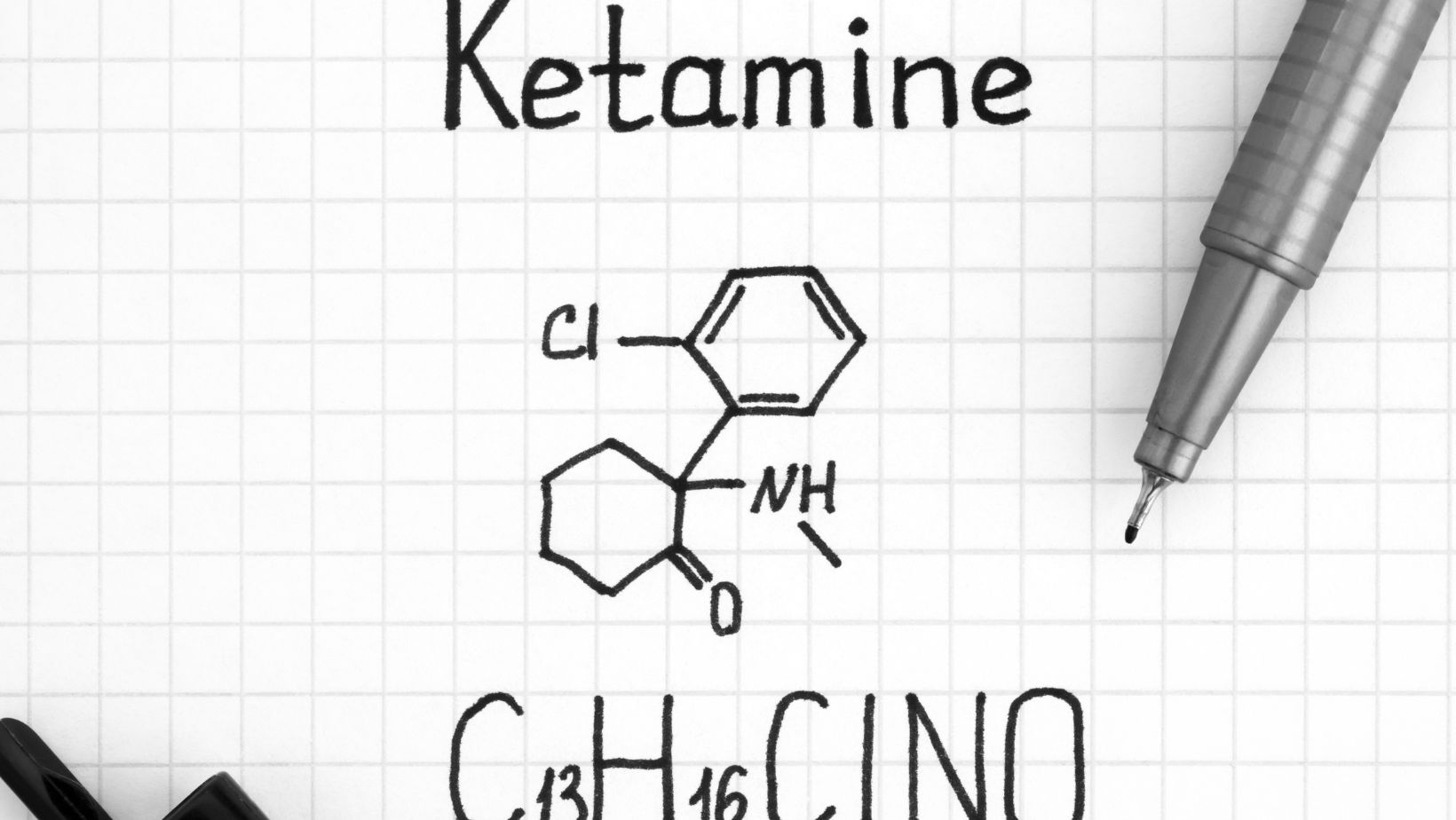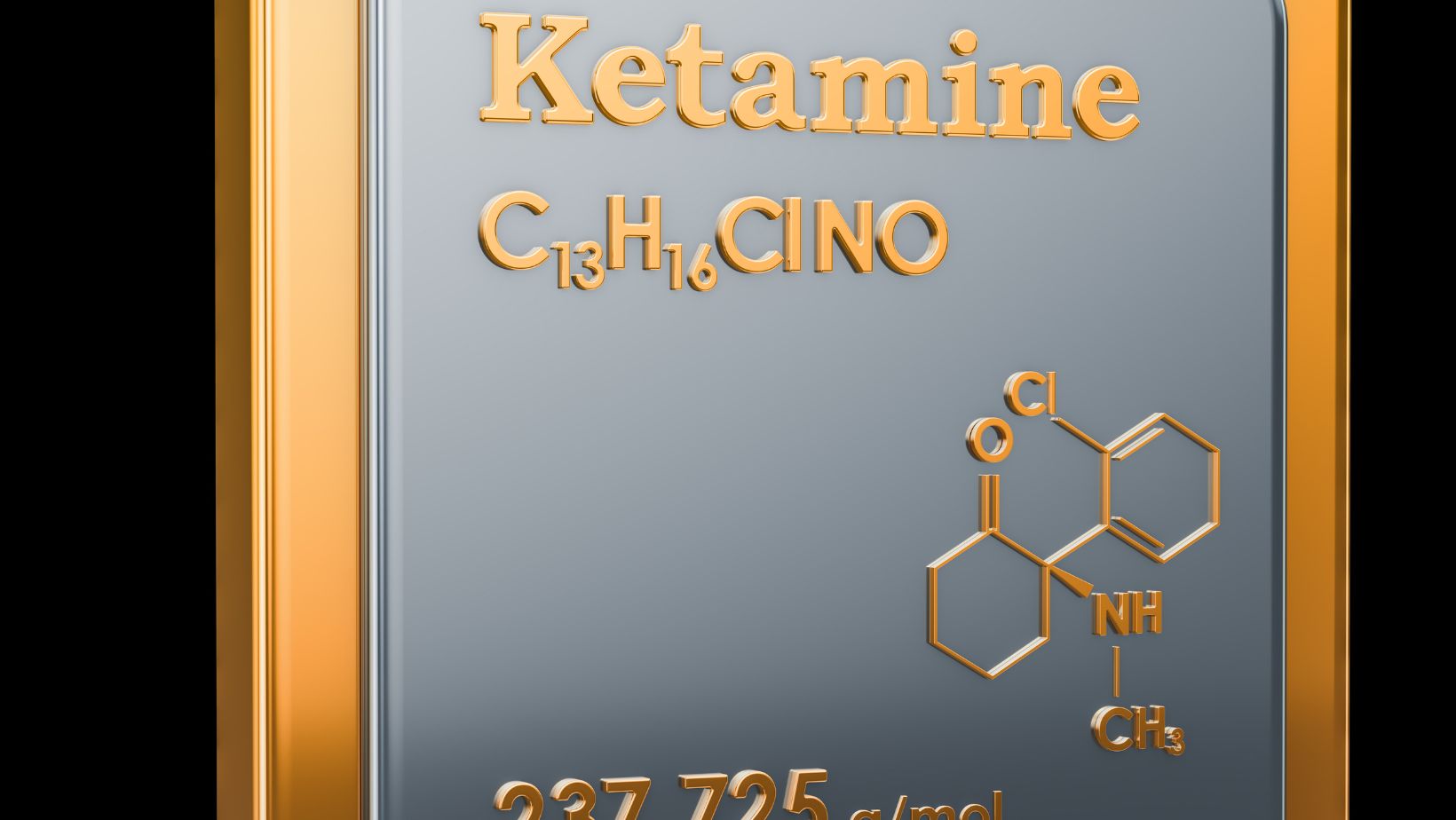In the realm of ketamine addiction treatment, innovation often comes hand in hand with hope. As we navigate the complexities of substance use disorders, new methodologies are emerging that promise not just recovery but a revolution in how we approach rehabilitation. One such groundbreaking approach combines the therapeutic potential of ketamine with the immersive power of virtual reality (VR), offering a glimpse into what could very well be the future of addiction recovery.
Understanding Ketamine Addiction
Ketamine initially developed as an anesthetic, has found itself at the center of both medical and recreational use. Its dissociative effects have led to its illicit use and subsequent risk of addiction. Ketamine addiction presents unique challenges due to its physical and psychological impacts, making effective treatment essential yet often elusive.
Traditional treatment approaches typically involve detoxification, counseling, and behavioral therapies. While these methods have proven effective for many substances, ketamine addiction often requires specialized care due to its unique neurochemical effects. The need for innovative treatment options has spurred researchers and clinicians to explore alternative therapies that can address the complexities of ketamine addiction more comprehensively.
The Role of Virtual Reality in Addiction Treatment
Virtual reality, once primarily associated with gaming and entertainment, has increasingly found application in therapeutic settings. Its ability to create immersive, interactive environments offers new possibilities for mental health interventions. In ketamine addiction treatment, VR has shown promise in helping individuals confront and manage cravings, navigate triggers, and develop coping strategies in realistic yet controlled settings.
The Synergy: Ketamine-Assisted Therapy Meets Virtual Reality
The convergence of ketamine-assisted therapy (KAT) and virtual reality represents a significant leap forward in addiction treatment innovation. Ketamine, when used under controlled medical supervision, has shown potential not only in managing withdrawal symptoms but also in facilitating deeper therapeutic breakthroughs by altering brain chemistry and enhancing receptivity to therapeutic interventions.

Virtual reality complements this by providing a safe space where individuals can engage in exposure therapy, cognitive behavioral interventions, and mindfulness practices in a visually and emotionally immersive environment. By simulating real-world scenarios that trigger cravings or stress responses, VR allows therapists to guide patients through these experiences while teaching and reinforcing healthy coping mechanisms in real time.
The Science Behind the Innovation
Research into the combined use of ketamine and VR is still in its infancy but holds promise based on preliminary findings. Ketamine’s ability to modulate glutamate neurotransmission in the brain may enhance the efficacy of VR-based therapies by improving neuroplasticity—the brain’s ability to reorganize itself in response to new experiences. This synergy not only accelerates the therapeutic process but also potentially reduces the risk of relapse by rewiring neural pathways associated with addictive behaviors.
Practical Applications and Clinical Benefits
In clinical practice, the integration of ketamine and VR involves a structured approach that begins with medical assessment and stabilization. Ketamine, administered in controlled doses, helps alleviate withdrawal symptoms and opens a therapeutic window during which VR interventions can be most effective. Virtual environments can be tailored to each individual’s needs, offering personalized scenarios that address specific triggers or underlying psychological issues contributing to addiction.
The benefits extend beyond traditional therapy sessions. Patients can practice relaxation techniques in serene VR landscapes, participate in peer support groups in virtual settings, or even rehearse real-life social interactions—all within a safe and supportive environment. This holistic approach not only enhances engagement but also empowers individuals to apply learned skills in their everyday lives, fostering long-term recovery and resilience.
Ethical Considerations and Future Directions
As with any innovative treatment modality, ethical considerations and ongoing research are crucial. Ensuring patient safety, privacy, and informed consent remains paramount. Long-term studies are needed to fully understand the durability of treatment outcomes and any potential adverse effects of combined ketamine and VR therapies.

Looking ahead, the future of ketamine addiction treatment integrated with virtual reality holds promise for broader accessibility and effectiveness. Advancements in VR technology, coupled with refinements in ketamine dosing protocols and therapeutic approaches, are likely to refine and expand treatment options for individuals struggling with substance use disorders.
Conclusion: Embracing Innovation in Addiction Recovery
Innovation in ketamine addiction treatment, such as the convergence of ketamine-assisted therapy and virtual reality, represents a paradigm shift in how we approach recovery. By harnessing the neuroscientific insights of ketamine and the immersive potential of VR, clinicians can offer more personalized, effective, and empowering interventions. This holistic approach not only addresses the immediate challenges of addiction but also nurtures long-term mental health and well-being.
As we continue to explore and refine these methodologies, collaboration between researchers, clinicians, and technology developers will be instrumental in shaping the future landscape of addiction recovery. Together, we can aspire to not only treat but to transform the lives of individuals affected by ketamine addiction treatment, paving the way for a future where recovery is not just possible but enhanced through the synergy of science and compassion.
In embracing these innovations, we embrace a future where hope shines brighter than addiction and where every individual has the opportunity to reclaim their health, their happiness, and their future.
Our super author here at Famous Parenting and an absolute wealth of knowledge. She has studied many topics including creative writing, psychology and journalism but her real passion lies in raising her 3 children. Between working from home, homeschooling her youngest 2 children and navigating the world of teenagers she is a guru for parents.





